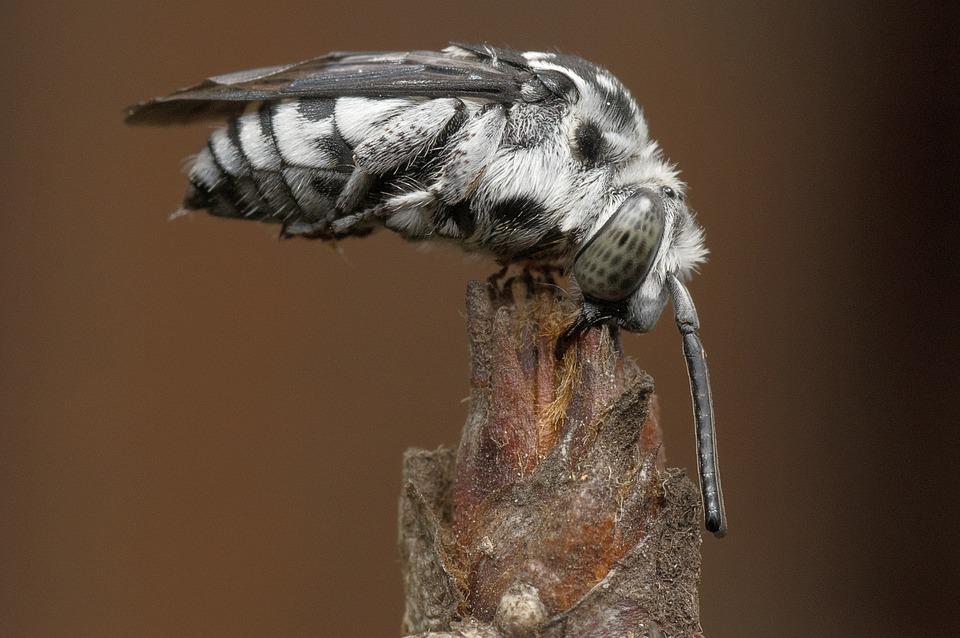Mad Mites
Basic Information
Anatomy
Mad mites are incredibly small and covered in tiny hairs, they are white and black speckled with large, gray eyes,a set of mandibles, two antennae and six legs. Mad mites all have wings but only a queen's wings are developed enough to allow for flight.
Genetics and Reproduction
These creatures reproduce via a singular queen which is tended to within a host body which will carry the queen's eggs to maturity when they are then released from the body. Male mad mites will inseminate eggs laid by the queen which will then gestate for up to ten months before hatching.
Growth Rate & Stages
Mad mites grow incredibly slowly within the host body but are fully grown and functional once they are hatched. After this, the only possibility of further growth comes with the evolution into a queen, when the mite's wings will grow to be fully functional. A queen mite will also experience a growth of her mandibles.
Ecology and Habitats
Mad mites function best in a frigid climate to maximize use of her heat detection when seeking out prey. When not attached to a host, mad mites will burrow into ice to form a colony reminiscent of the tunnels in an anthill.
Dietary Needs and Habits
Mad mites primarily feed on the intense emotions of their host including distress, anger, elation, love, pain etc. The emotions are harvested by burrowing into the skin of a host body and absorbing the hormones released by such feelings.
Additional Information
Perception and Sensory Capabilities
Mad mites have poor sight but are able to read heat signatures, which allow them to find pray quickly in their frigid home ecosystem. They are also about to communicate with one another via the secretion of various hormones' which mad mites are incredibly sensitive to.
Symbiotic and Parasitic organisms
Mad Mites are, in all ways, parasites, feeding off of the emotions of their host. The queen is also able to burrow and settle herself into the host's brain and, using her mandibles, tune in to and influence the emotions of the host. This leads to extreme and erratic behavior to elicit the strongest emotions.
Civilization and Culture
History
Mad mites have had periodic outbreaks, often brought about by poorly groomed explorers visiting a tundra and returning to a more densely populated area. Luckily, however, as the mite's primary method of prey identification is by seeking heat, they struggled to survive in warmer climates and cannot extend very far geographically from their home. For an extended period of time, mad mites were believed to have gone extinct as no outbreaks have been recorded in some time. However, in a certain Frost Memory Cave, it appears as though several things have been protected and hidden over time...
Scientific Name
Trombidium madiceum
Lifespan
<1mm
Geographic Distribution
Discovered by
Remove these ads. Join the Worldbuilders Guild









Comments